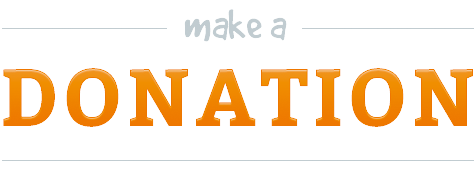Highlights for 1 March 2023_IP4_SAICM and the Sound Management of Chemicals and Waste Beyond 2020

The Co-Chairs’ proposal to restructure the single consolidated document to increase coherence, which they planned to use as the foundation for discussions on Thursday and Friday, was presented to the plenary on Wednesday morning after reports from the meetings on Tuesday. The rest of the day was spent working on draft wording for the objectives, implementation support mechanisms, and budgetary issues in theme groups (TGs).
The Co-Chairs proposed a streamlined structure for the post-2020 instrument with eleven sections:
• introduction;
• vision;
• scope;
• principles and approaches;
• strategic objectives and targets;
• mechanisms to support implementation, with subsections on implementation programs, national implementation, cooperation and coordination, and enhanced sectoral and stakeholder engagement;
• capacity building;
• financial considerations;
• institutional arrangements;
• taking stock of progress; and
• revising and updating the framework.
In its morning session, TG2 on mechanisms to support implementation tried to achieve consensus on consolidated document text concerning enhanced sectoral and stakeholder engagement.
TG3 on financial considerations held an exchange of views on:
the implementation of the integrated approach to financing the sound management of chemicals and waste endorsed by the Fourth International Conference on Chemicals Management (ICCM4); which needs to be identified in the post-2020 instrument would require financing, and how it should be spent; and what ideas already on the table – a globally coordinated tax or levy on chemicals, a standalone fund, and/or a clearinghouse mechanism on sources of funding – might be feasible.
In the afternoon, TG1 worked on text changes regarding specific draft targets, namely:
• A5 (export ban on domestically prohibited substances);
• A6 (poison information centers);
• A7 (highly hazardous pesticides);
• B1 (comprehensive data and information on chemicals);
• B2 (reliable information on chemicals in articles);
• B3 (data on production, releases, and emissions).


